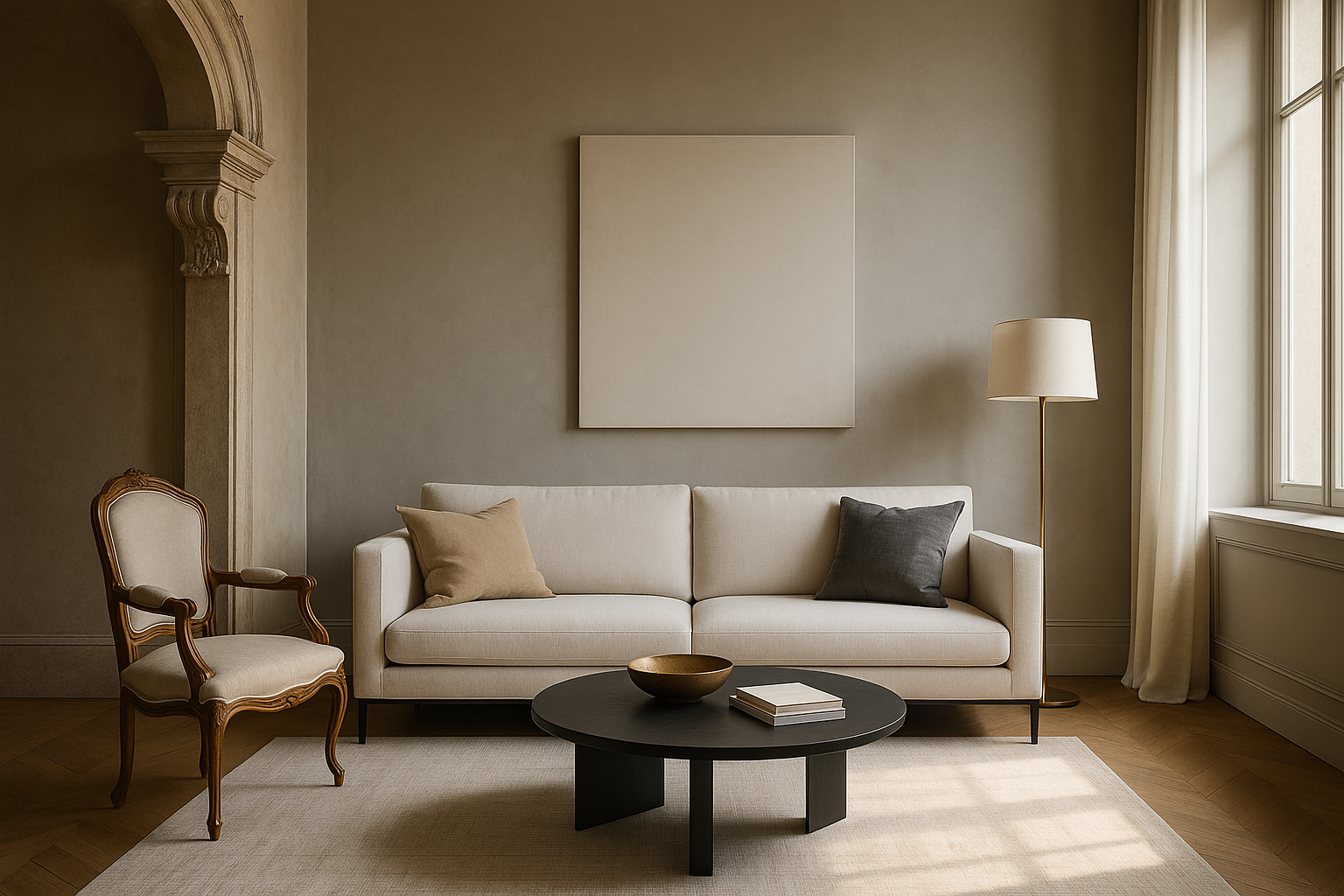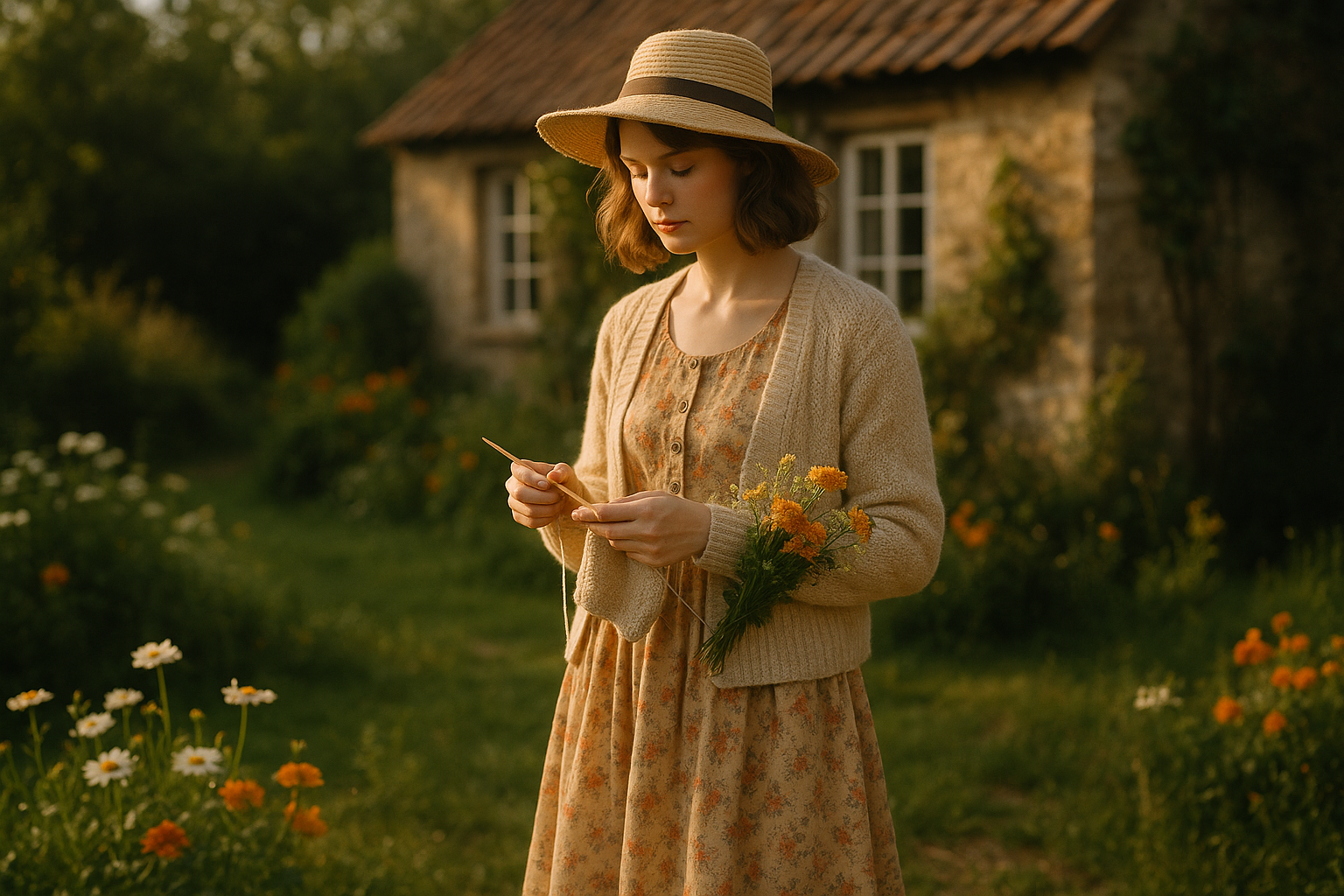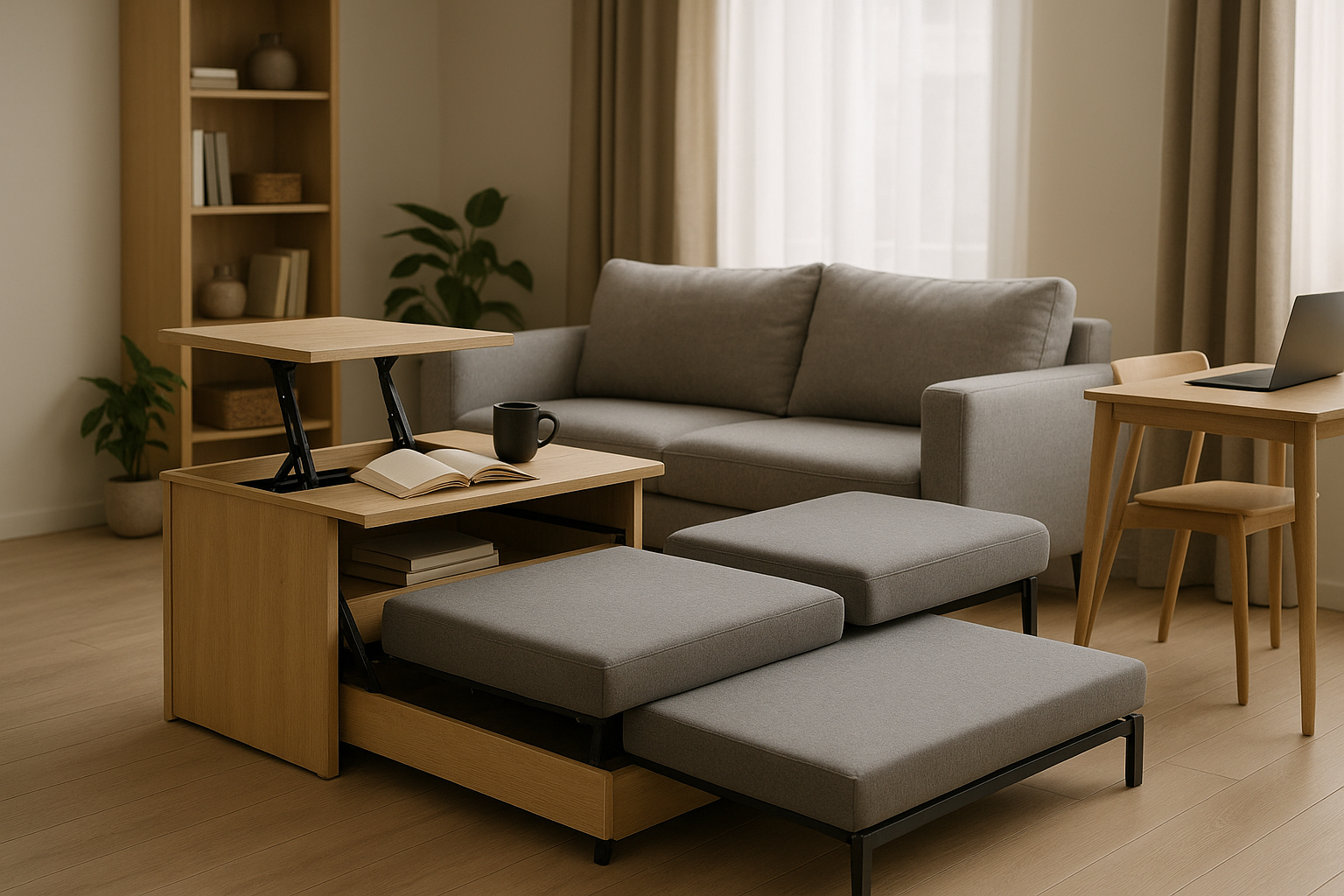Tempering Tradition: The Fusion of Traditional and Contemporary Design Elements
In the dynamic world of interior design, it's not uncommon to see trends come and go. But when it comes to marrying the old with the new, the fusion of traditional and contemporary design elements has proven to be more than just a fleeting trend—it's a movement that continues to evolve, influencing homeowners and designers across the globe.

Historical Context and Key Developments
The fusion of traditional and contemporary design elements is not a recent phenomenon. The concept of combining old with new has been prevalent in various art forms for centuries, including architecture and visual arts. In recent years, however, this approach has gained significant traction in the field of interior design.
Traditionally, interior design was characterized by ornate details, rich colors, and intricate patterns. As the modernist movement emerged in the 20th century, there was a shift towards simplicity, functionality, and minimalism. But as we moved into the 21st century, a new trend began to emerge—one that combines the best of both worlds. This fusion of traditional and contemporary design is now a popular choice for homeowners seeking a unique and personalized aesthetic.
Current Design Trends and Expert Insights
The fusion of traditional and contemporary design elements allows homeowners to create spaces that are both comfortable and stylish. A popular trend is the incorporation of traditional furniture pieces in modern settings. For example, a classic Chesterfield sofa can be paired with sleek, minimalist decor to create an interesting contrast.
Another trend is the use of modern materials and techniques to reinvent traditional design elements. For instance, ornate molding and woodwork, which are characteristic of traditional design, can be reimagined using contemporary materials like chrome or glass.
Experts suggest that the key to successfully blending traditional and contemporary elements is balance. It’s important to ensure that neither style overpowers the other, and that they work together to create a cohesive look and feel.
Practicality, Market Trends, and Enhancing Daily Living
The fusion of traditional and contemporary design elements is not only aesthetically pleasing but also practical. By combining elements of different styles, homeowners can create spaces that reflect their personal tastes and lifestyles.
This approach also allows for greater flexibility. As trends change, homeowners can easily update their spaces by swapping out a few key pieces, rather than having to overhaul the entire design.
Market trends suggest that this design approach is here to stay. As more homeowners seek unique and personalized interiors, the demand for furniture and decor that combine traditional and contemporary elements continues to increase.
By creating spaces that are both stylish and comfortable, the fusion of traditional and contemporary design elements can greatly enhance daily living. It allows homeowners to create spaces that are truly their own—spaces that tell their story and reflect their personality.
Research-Backed Claims and Recommendations
Research suggests that our surroundings can significantly impact our mood and wellbeing. By creating spaces that are aesthetically pleasing and comfortable, homeowners can enhance their quality of life.
The fusion of traditional and contemporary design elements allows homeowners to do just that. By combining elements of different styles, they can create spaces that are both visually appealing and functional.
For homeowners interested in this design approach, experts recommend starting small. Try incorporating a few key pieces of traditional furniture into a modern setting, or vice versa. Over time, you can add more elements of the contrasting style to create a more balanced and cohesive look.
In conclusion, the fusion of traditional and contemporary design elements is more than just a trend—it’s a design philosophy that allows homeowners to create unique, personalized, and comfortable spaces. With careful planning and a keen eye for design, anyone can master this approach and transform their home into a stylish sanctuary.




